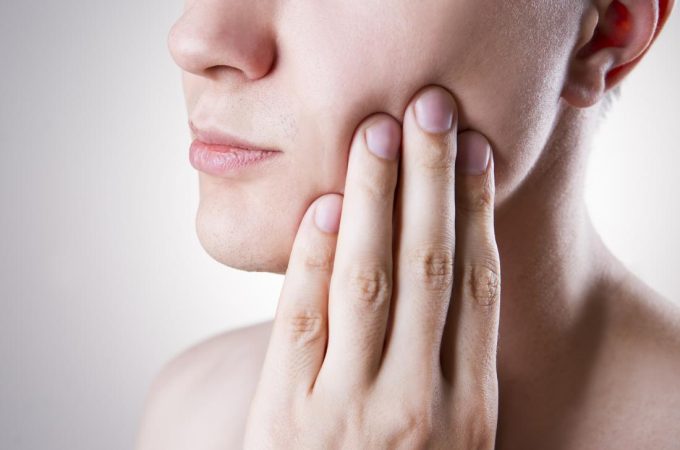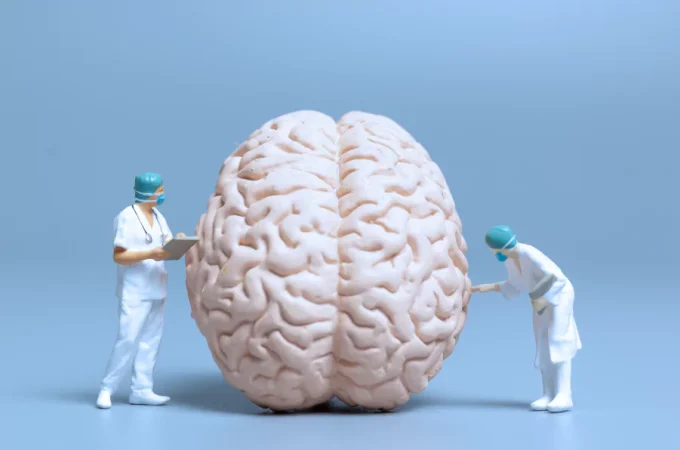
Common Questions Regarding Scoliosis
A lateral curve in the spine characterizes scoliosis. The shape of the curve might be either an S or a C. Scoliosis is more common in adolescents because of the rapid growth that happens then. scoliosis Las Vegas has a complex etiology that likely involves both genetic and environmental components. Scoliosis can be managed with bracing, exercise, and even surgery, but it cannot be cured.
Is Scoliosis something that runs in families?
Most scoliosis cases are classified as idiopathic, meaning that the root cause of the spinal curvature is a mystery. In reality, there is conflicting data on where this disorder originated genetically. Although the underlying genetic basis of scoliosis has not been identified, the disease appears to have a strong familial component. About a third of people with the condition report a personal or family history of the illness.
Scoliosis comes in several forms; what are they?
Scoliosis is classified as either idiopathic (unknown etiology), congenital (present at birth), or neuromuscular.
The most common type of scoliosis is idiopathic, which means its cause is unknown. It is thought to result from a convergence of genetic predisposition, environmental circumstances, and developmental patterns.
- Scoliosis present from birth: Scoliosis of this form is present at birth because of improper spinal development in early childhood.
- Scoliosis that originates in the muscles, known as neuromuscular scoliosis, is often the result of a neurological disorder like cerebral palsy or muscular dystrophy. Spinal cord damage or tumors are two additional potential triggers.
Does the scoliosis get worse as you get older?
Idiopathic scoliosis can sometimes improve independently, but only in extremely mild cases. The majority of kids with scoliosis have harmless, mild cases with no need for therapy. Larger curves, on the other hand, can get even worse without any intervention at all. Curve progression is more likely in kids whose scoliosis is identified at a younger age. This is because the spine is still developing, and the growth plates are still accessible. The amount of growth a child is still capable of experiencing depends in part on how quickly their growth plates close, which varies between boys and girls.
How do we stop the curve from getting worse?
Scoliosis is best treated by stopping the curve from getting worse. Bracing or surgery can do this.
- Curves of mild to moderate severity usually require bracing. A brace is a piece of medical equipment worn to aid in treating scoliosis. Children with curves of less than 45 degrees and who are still growing benefit the most from bracing.
- Curves greater than 45 degrees or those that do not respond to bracing may require more invasive surgery. Surgery for scoliosis typically entails fusing vertebrae together to stop the curve from getting worse.





